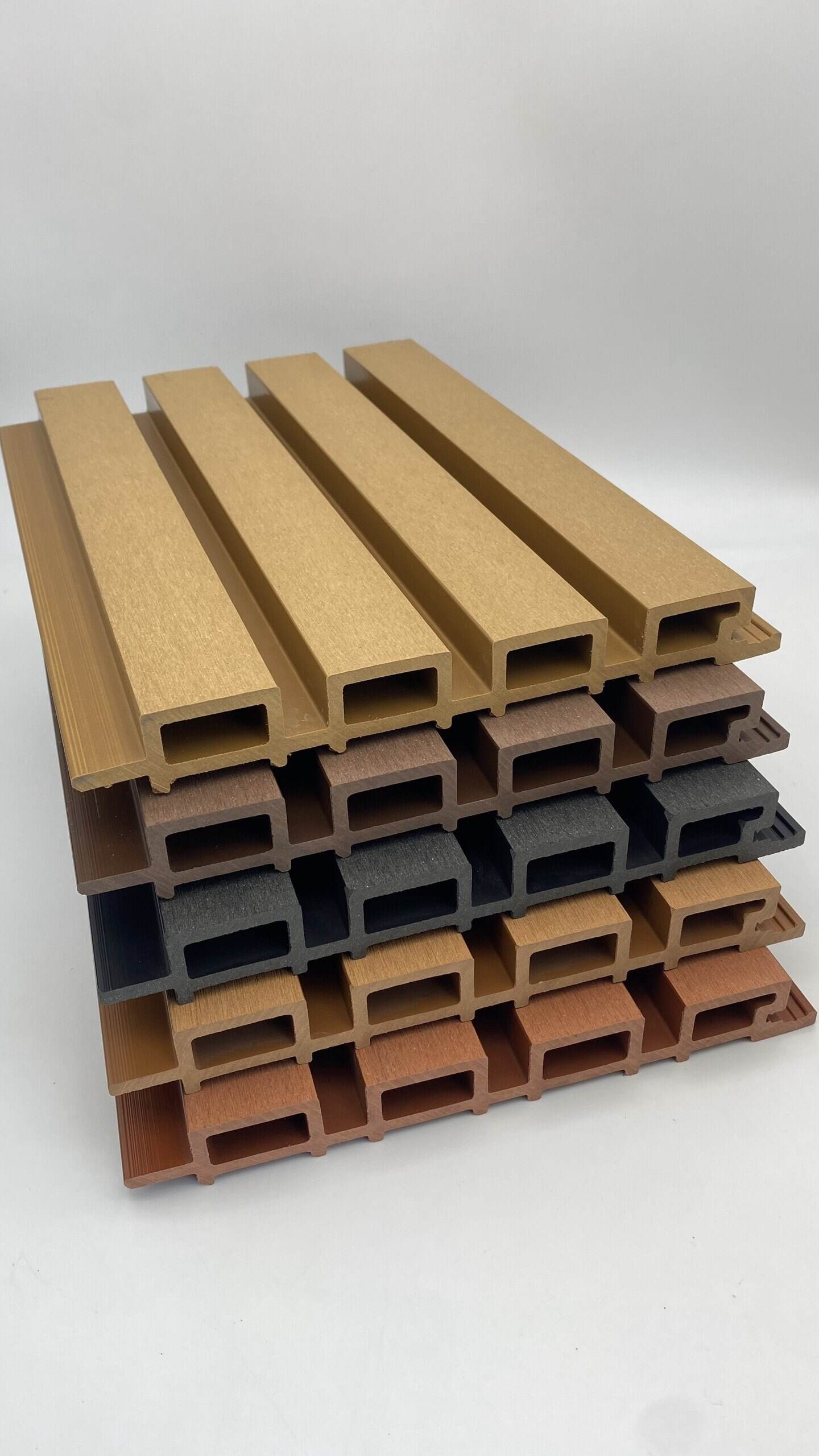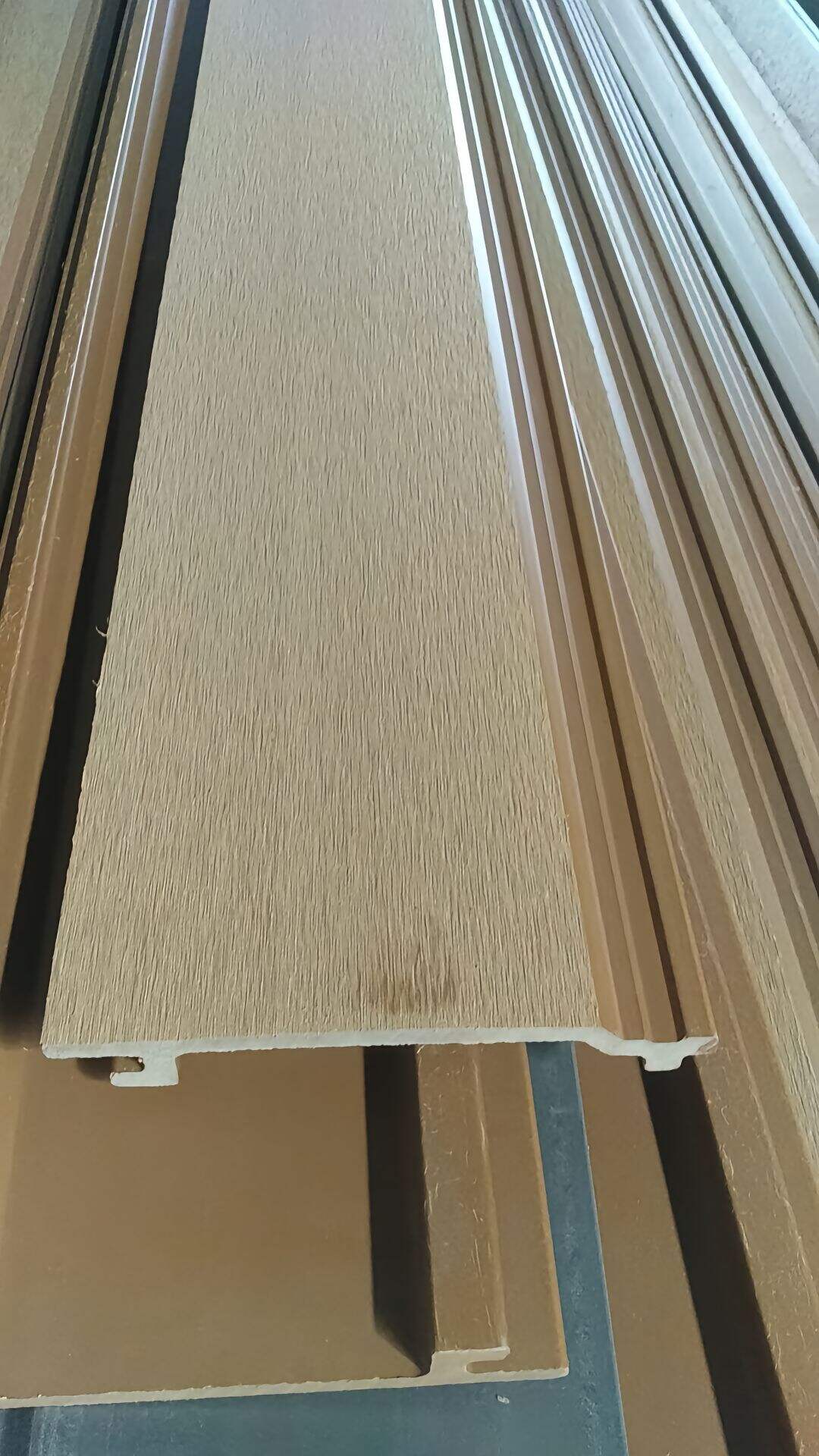WPC cladding for commercial use has emerged as a durable, low maintenance solution for enhancing building exteriors and interiors in high traffic environments, combining the aesthetic appeal of wood with the resilience of plastic. Composed of wood fibers, thermoplastics (like HDPE or PVC), and additives (UV stabilizers, colorants), this composite material resists rot, insects, moisture, and warping—issues that plague traditional wood cladding in commercial settings such as hotels, restaurants, retail centers, and office buildings. Its durability translates to reduced lifecycle costs, as it requires minimal upkeep: no painting, staining, or sealing, just occasional cleaning with mild detergent. Commercial projects benefit from WPC cladding’s dimensional stability, which withstands temperature fluctuations and humidity, preventing expansion or contraction that could lead to gaps or damage. Available in various profiles—shiplap, tongue and groove, or board and batten—it accommodates diverse architectural styles, from modern to rustic. Large format panels streamline installation, reducing labor time and minimizing seams for a sleek finish. Fire resistance is a key safety feature, with many products meeting fire ratings for commercial buildings, ensuring compliance with stringent codes. Sustainability is another advantage: WPC cladding often uses recycled materials, reducing reliance on virgin wood and plastic, and is recyclable at the end of its lifespan, aligning with green building certifications like LEED. Its lightweight nature eases transportation and installation, reducing structural load requirements. With customizable colors and textures mimicking natural wood species or contemporary finishes, WPC cladding enhances brand identity while enduring the rigors of commercial use, making it a practical and visually appealing choice for businesses worldwide.



Copyright © 2025 by Shandong Falading New Decoration Material Co., Ltd. | Privacy policy